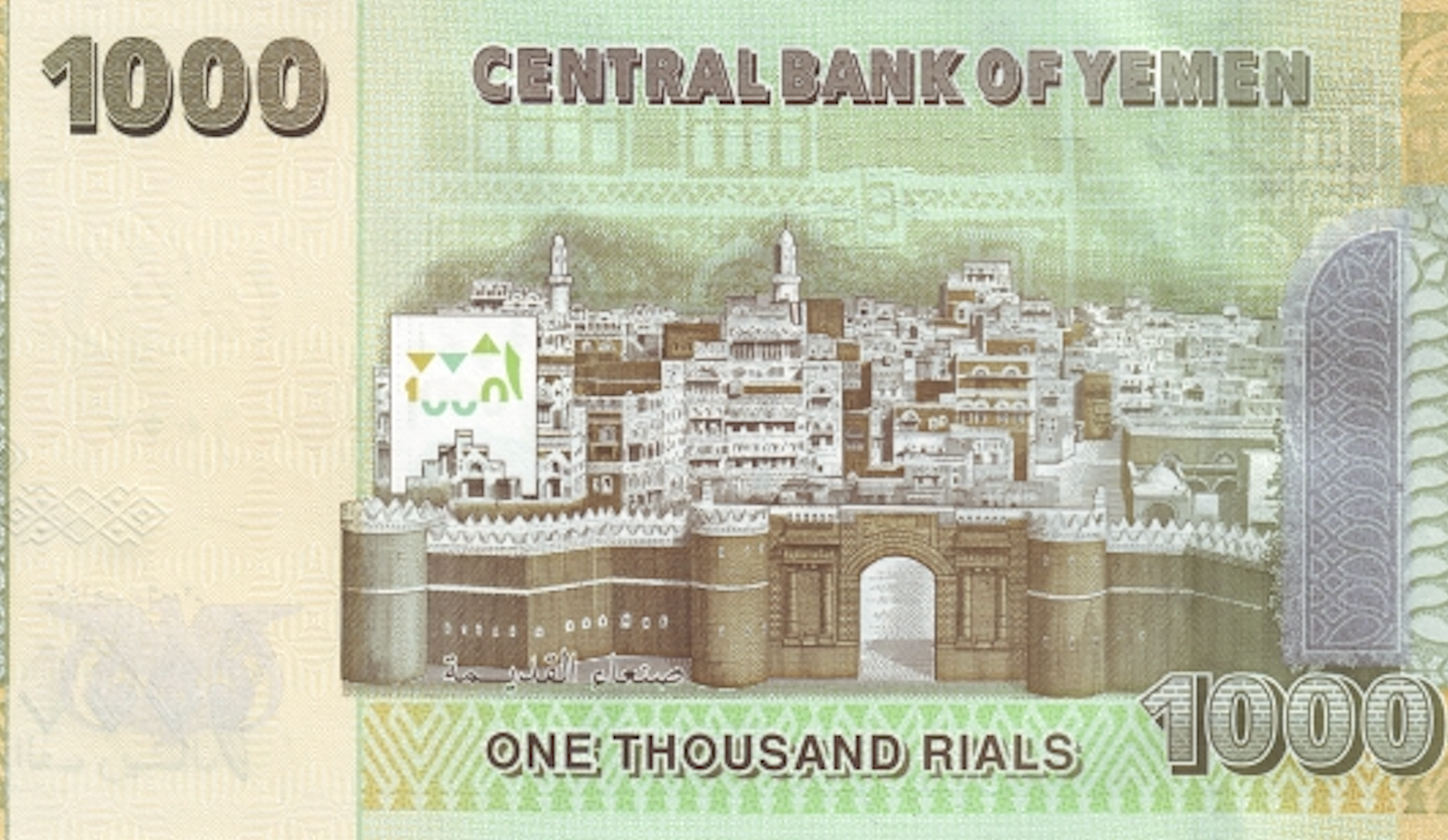The crisis in Yemen is compounded by the odd circumstances of Yemen’s currency, the Rial. Yemen has two rival central banks. In the north of the country, where Houthi Rebels ousted the internationally recognized government, there is the central bank in the Capital Sana’a. In the south of the country, the internationally recognized government set up a new central bank in the city of Aden.
These banks have their own priorities and fiscal policies — and were set up, in part, to help defeat the other and control the Yemeni Rial.
The result has been runaway inflation, particularly in the South.
The constant devaluing of the Rial is having a major impact in the humanitarian crisis in Yemen — which is already the worst in the world. The cost of food is increasingly out of reach for ordinary Yemenis where millions are on the brink of famine.
On the line with me to explain how Yemen came to have two rival central banks, and the impact this rivalry is having on the humanitarian crisis in Yemen is Annelle Sheline, a Research Fellow Quincy Institute for Responsible Statecraft. We discuss how the central bank rivalry fits into larger conflict dynamics in Yemen and what the international community can do to revive diplomacy to help end this crisis.
